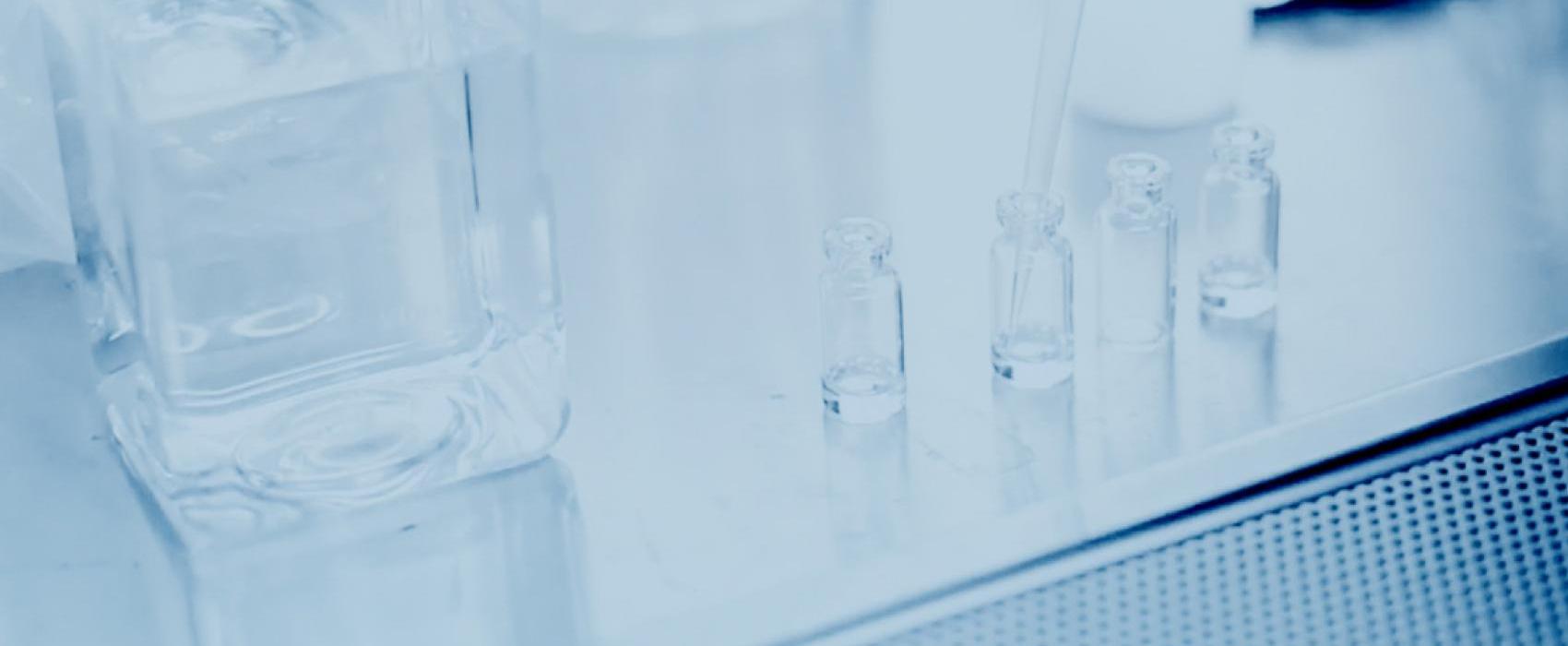 Bethany Dearlove is a Bioinformatics Analyst at MHRP. She joined MHRP in January 2017 after relocating from the U.K., where she was finishing up her post-doctoral fellowship at the University of Cambridge.
Bethany Dearlove is a Bioinformatics Analyst at MHRP. She joined MHRP in January 2017 after relocating from the U.K., where she was finishing up her post-doctoral fellowship at the University of Cambridge.
Bethany attended the University of Reading in the U.K. where she received her bachelor’s in mathematics and statistics followed by a masters in Biometry (the application of statistics to biological data). After completion, she attended the University of Oxford where she obtained her DPhil in Clinical Medicine.
Bethany met Dr. Morgane Rolland, Chief of the Viral Genetics section, at the HIV Dynamics and Evolution Conference in Woods Hole, Mass., in the spring of 2016 towards the end of her post-doctoral fellowship. “We got chatting after I presented my work on why using phylogenetic clusters for understanding epidemics can be misleading. It was fortuitous timing, and she invited me back to the U.S. to visit that summer,” said Bethany.
She joined the Viral Genetics section and has since excelled as a Bioinformatics Analyst. In her role, she uses computational and statistical tools to interpret and visualize large biological datasets generated by colleagues who work in more traditional ‘wet’ labs. She primarily works with sequence data to understand how viruses emerge, evolve and spread.
Dr. Rolland recognized Bethany for two things that set her apart: first she is “an incredible teacher,” and second, she has “a unique talent for showing complex data with amazing visuals.”
Teaching comes naturally to Bethany. She even once considered becoming a math teacher. She was a STEM ambassador, a mentor, and a statistics teacher throughout her undergrad and graduate programs.
For Bethany, teaching isn’t limited to formal classroom situations, but it also extends to helping colleagues learn how to code or Tweeting about complex science in approachable terms. She says, “my research doesn’t exist in a vacuum; for it to be both useful and used, I need to teach what I’ve learned to my peers and beyond. I see it as an important part of my efforts as a scientist.”
Beyond being a fantastic teacher, Bethany’s ability to design visualizations of technical and complex data is unparalleled. She says, “a good visual can speak volumes when presenting results, so I particularly like designing plots that are both clear and beautiful, and mentoring other members of our lab in using R to do the same. I’ve become known for my infographics, and it has been my privilege and delight to be asked to distill other people’s research into a single striking image, as well as my own.”
She grew up in a creative family - her mom draws and paints, her dad does woodwork, and her grandmothers always had textile projects on the go. “They set great examples and encouraged me in creative pursuits,” she said. But beyond the watercolors, acrylics, and pastels that she often had spread across the dining room table, having an appreciation for art and the creative process has influenced her work in data visualizations.
Given that sequence data is large and complex, an important aspect of Bethany’s role is to not only process and analyze data, but also present the results of the research in ways that are “understandable and actionable not only fellow scientists, but to public leaders as well.”
Since the start of the pandemic, Bethany has been tracking the mutations in SARS-CoV-2, to better understand how it’s evolving, and which have the potential to become bigger public health threats.
Prior to the COVID-19 pandemic, scientists only provided access to their sequences once they published a paper, which is typically years after samples have been collected. As of today, there are over half a million SARS-CoV-2 sequences available from all over the world.
Bethany’s final chapter of her doctoral thesis was about how real time genomic surveillance could revolutionize how we understand and respond to an emerging epidemic. “Seven years later, what was then blue-sky thinking has become a reality, with thanks to huge improvements in sequencing technology and to the many labs across the world sharing their data,” she said.
